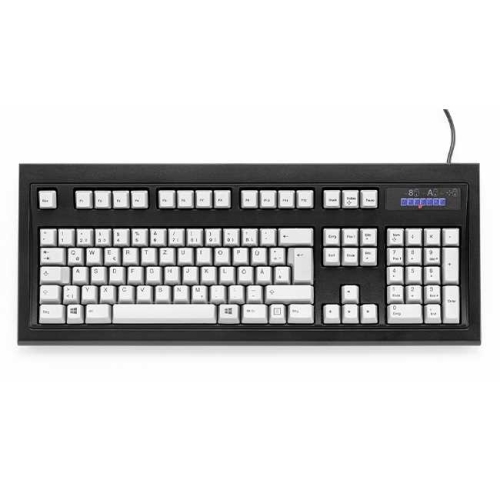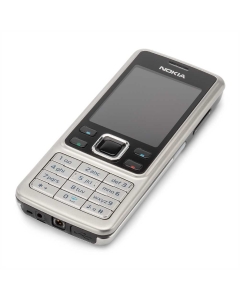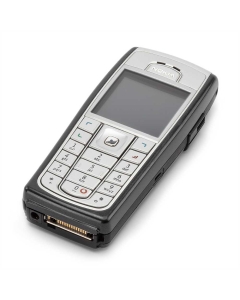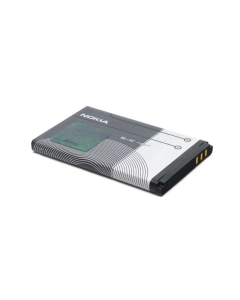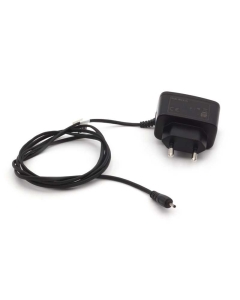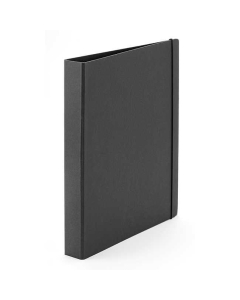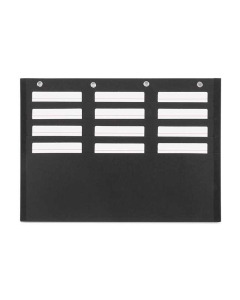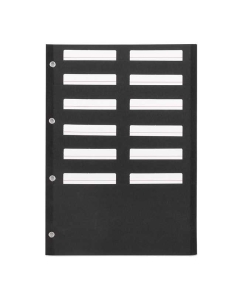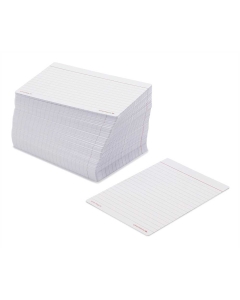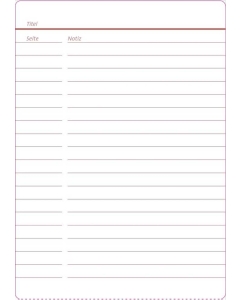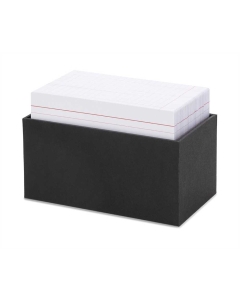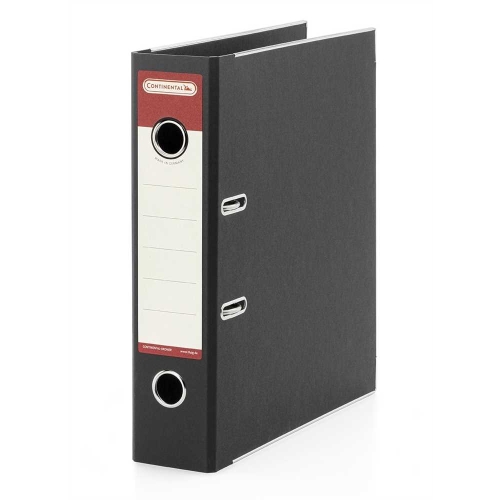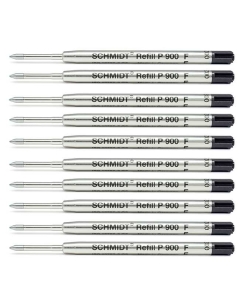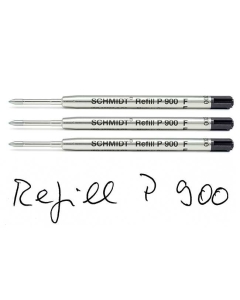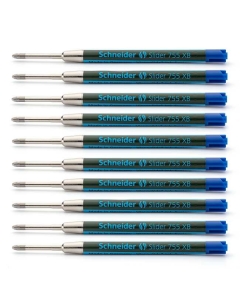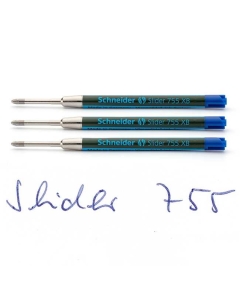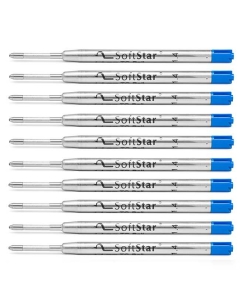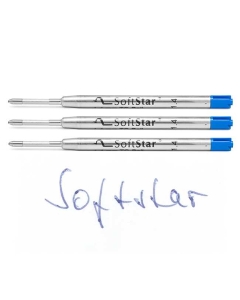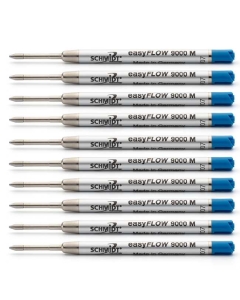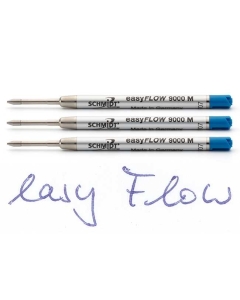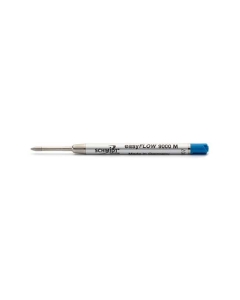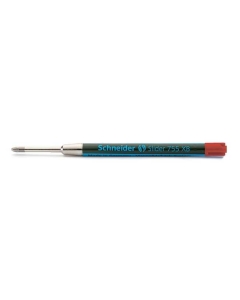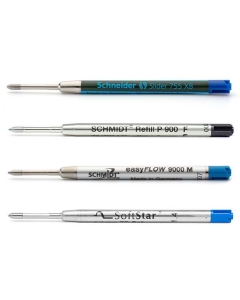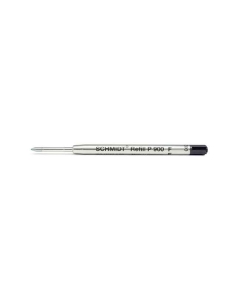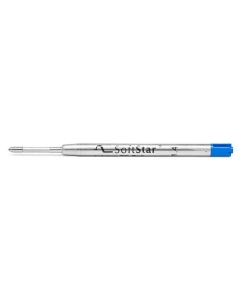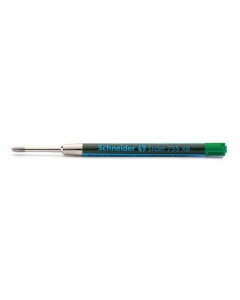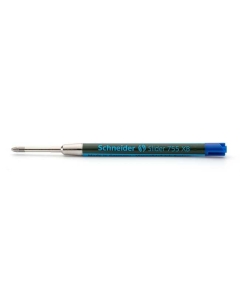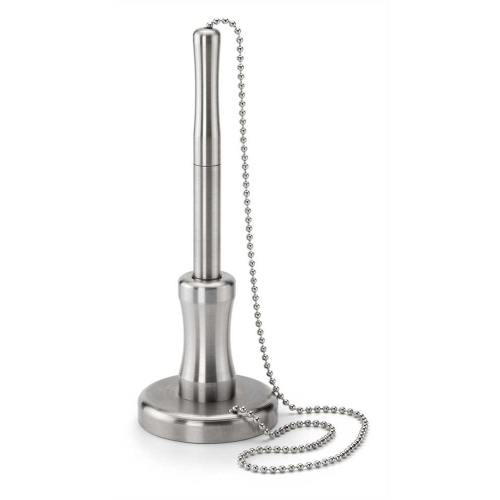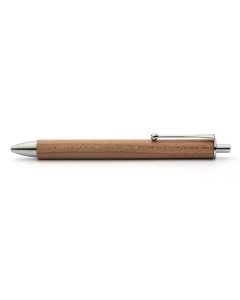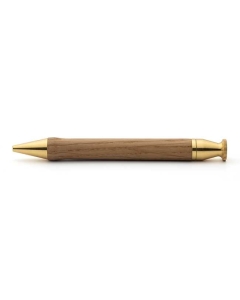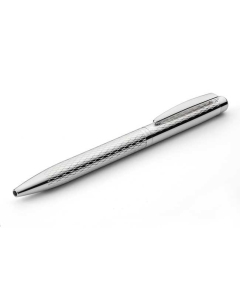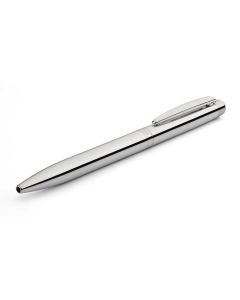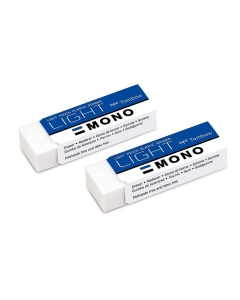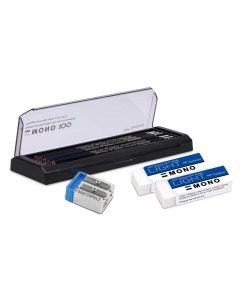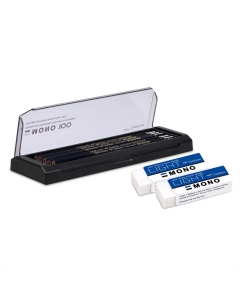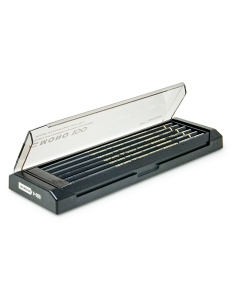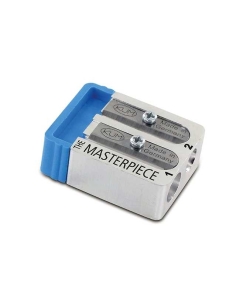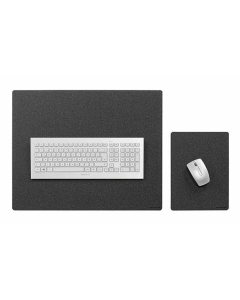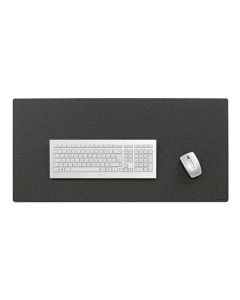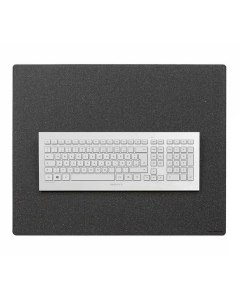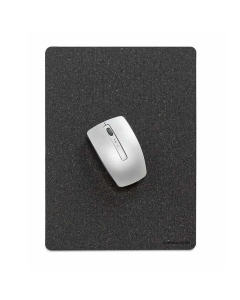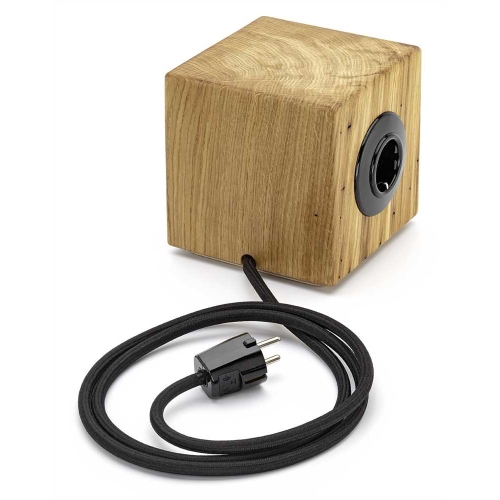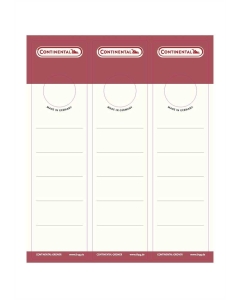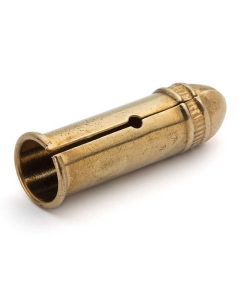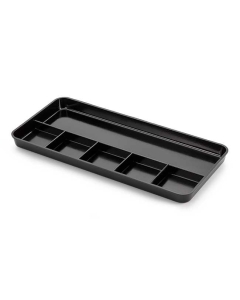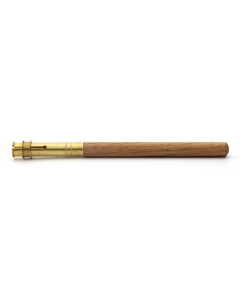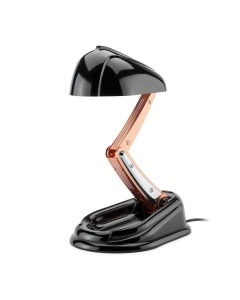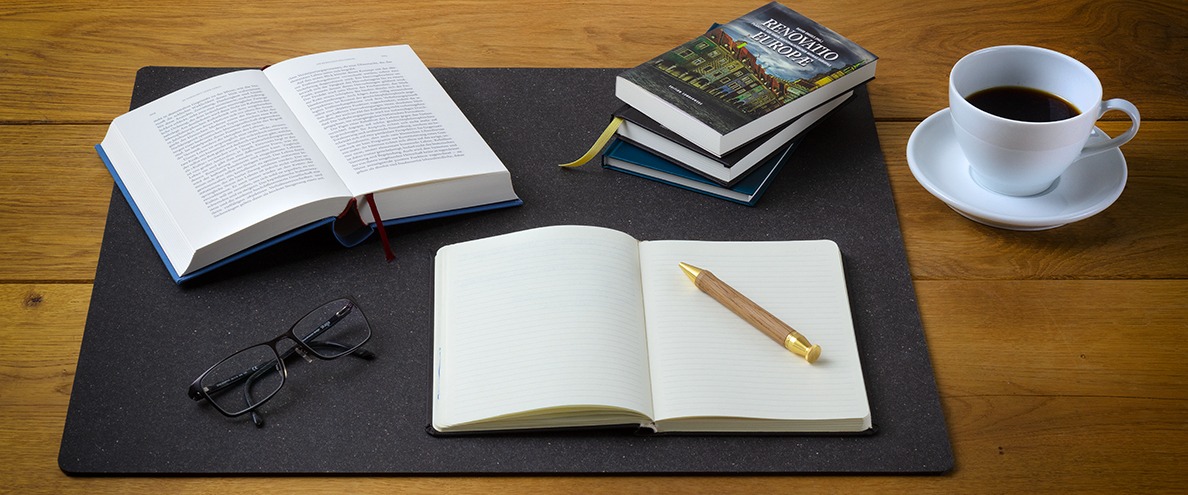
The tool shop for knowledge workers. First drawer: writing instruments.
Reading and writing together form the basis of people’s ability to engage with culture. In the art of reading, these skills are combined at the latest in the annotation and extraction of information from a text. Traditional stationery shops, whose job it is to sell writing instruments, have slipped into a sleepy routine. This is where we come in to revive the scene with products developed in-house and a highly cultured offering. Starting with the writing tools drawer, in which you can “configure” your own pen using the best refills and beautiful casings, we then gradually fill other drawers with instruments for gathering, organising and storing information – both manually and digitally. The vast majority of the items below are made in Germany or by specialists in Europe, Japan or the USA. We develop selected products under the established Continental brand.
Putting an idea onto paper. From swiping to typing.
Today, an idea no longer reaches the page via a quill dipped in ink or a pencil. It has to travel through a number of devices that often make its journey very difficult – from input (keyboard: troublesome Bluetooth connection) to output (printer: paper jam, empty toner). Let’s begin at the input:
The IBM Model M is back: as the Unicomp M 2 keyboard. With a German layout and a USB connection.
Based in Lexington in the US state of Kentucky, Unicomp has been remaking IBM’s legendary keyboard for a decade now, mostly using old tools acquired from the technology company. Unicomp kept not only the exact same buckling-spring technology, but also the keycap design, which shuns laser-engraved ABS in favour of the Model M’s PBT keycaps with dye sublimation-printed letters that never fade. We have been using this keyboard non-stop for eight years and not even the frequently used E is showing the slightest hint of blurring or fading.
- Keyboard Unicomp M2 (German Layout)
With German layout and USB or PS2 connection.
Unicomp from Lexington in the US state of Kentucky has been rebuilding IBM's keyboard legend for a decade, and for the most part on the old tools acquired from IBM. Not only the buckling spring technology is a 1:1 takeover, but also, for example, the keyboard caps, which are not made of laser-engraved ABS, but PBT inscribed in dye-sublimation printing, as in the Model M, and remain endlessly legible. Even after years of use, they do not show the slightest hint of fading or smudging.
If you have (or are retrofitting) a PS2 port on your computer, you should use it: The keyboard gets its own interrupt and is thus always functional, even before the start of the operating system (e.g. for settings in the BIOS).
from €159.00 Incl. 19% VAT
Better voice quality. Better reception. Without Google looking over your shoulder.
If you want a mobile that just makes calls and doesn’t give you directions, measure your pulse, take your fingerprints or talk back (and you don’t want a tablet that does all this either), we can offer you an alternative with a retro feel, going back around 15 years.
External tips: smartphones without Google services.
Here are three tips for people who would like to keep using a smartphone but wish to escape from surveillance by manufacturers:
The French /E/ Foundation has developed a modified version of the free, Android-based LineageOS
system and installs it ready for use on refurbished Android phones. This gives you a “de-Googled” phone (a device without any of Google’s data-collecting services). We have been using the system on a Samsung S8 smartphone for a year and have not noticed any restrictions.
The Volla-Phone by Jörg Wurzer was created in cooperation with Gigaset in Bocholt. On the outside, the interfaces have a truly minimalist design (no bright colours). On the inside, the device is free of Google’s data-collecting services and uses either Ubuntu Touch or a pure, “de-Googled” version of Android as the operating system. However, the Volla Phone deserves our attention simply because it was made by Jörg Wurzer, an academic with a background in philosophy who – not for the first time – is shaking up the commercial world.
has been on the market for several years and has made a name for itself with its careful selection of materials and its consideration of “fixit” options. Incidentally, the /E/ Foundation now offers brand-new Fairphones that use its own Lineage-OS.
Paper-based intelligence. In praise of index cards.
Two great works of the 20th century – one literary, the other scientific, and both testament to the stupendous knowledge and elephant-like memory of their creators (Arno Schmidt and Niklas Luhmann) – were born out of the Zettelkasten system of note-taking: The character of the two authors and the fact that they were born in an earlier time meant that they were not at risk of being seduced by the computer, and thus escaped the impact that this technology has on creativity by consuming a good deal of the attention that is actually required by the work itself.
Back to index cards? Yes, in flat view format.
We actually recommend this format for work that involves planning and structuring. While electronic outliners, schedulers and calendars put users into the mode of “form fillers”, an index card system forces them to create structures and search for interconnections. A mobile, structured and paper-based memory has major advantages: when you fill it, you are prompted to think (and perhaps scratch your head with a pencil to help your thought processes). And when you retrieve it, it’s there – no need to switch on a device, open an app or log onto a network. It’s always in view and to hand. Our Continental index card system consists of several parts.
Continental ring binders. Made in Germany.
Our ring binders differ from the regular office supplies on the market primarily in terms of material: unlike the usual paper-laminated binders, they are made of 2-mm-thick, through-dyed jet black Eska hardboard. The binder has two grip holes, each located 48 mm from the top and bottom. The product comes with a sheet containing three spine labels as well as a dimensioning sheet for printing and a hold-down clamp. Its robust mechanism originates from IML in Italy. We have secured a stock of these mechanisms and offer packs of three as replacements.
- Continental file binder (black)
Things that last: folders made from real hardboard.
The first big difference between our new Continental range of binders and the products available in stores lies in the basic materials used. While most conventional binders are made from paper-laminated recycled grey cardboard, our binders are built made from real hardboard - a classic top product from the paper industry that has since gone on to be used industrially in sealing, luggage, footwear and car bodies. The material is resistant to bending and splitting, plus it offers surface stability. When used in binders, its increased sturdiness protects the sensitive closing mechanisms even under heavy loads.
The Continental file binder. Made in Germany.
The binder has two grip holes, each located 48 mm from the top and bottom. The two grips allow for easy handling of full binders, for example when retrieving them from high shelves or storing them horizontally in archival boxes. The grips, the slots for the ring mechanism and the edges are all metal-reinforced on both the top and bottom. The proven mechanism originates from IML in Italy. The hold-down push button is also made of steel. The product comes with a sheet containing three spine labels, as well as a dimensioning sheet for printing and a hold-down clamp.
€9.00 from €7.50 Incl. 19% VAT
From typing to writing.
Build your ballpoint from the inside. First the refill…
Choosing a ballpoint pen is normally like buying a pig in a poke: you don’t get to see what kind of refill is inside the (more or less beautiful) casing, how abundant or economical the flow of ink is or how the pen writes. All these things are affected not only by the quality of the ballpoint mechanism and the viscosity of the ink, but also by external factors such as the absorbency of the paper, the degree of pressure applied when writing and the elasticity of the material underneath. We differentiate our refills according to similarity of writing style and appearance with pencils and fountain pens. Our selection comprises the world’s best refills – rivalled only by a few Japanese products.
All the refills shown here fit into all the ballpoint pen casings offered below.
…then the case: ballpoint pens made in Germany
In position and close at hand. A standing ballpoint. Fashioned from one solid piece.
Ready and waiting if you need to quickly note down a phone number, this product is fashioned from a block of stainless steel by a small metal-working company in the Swabian mountains. It has stability provided by 280 g of weight and an equally solid ballpoint pen on a 38-cm chain. A refill is not included, but any of the ones from our range are compatible.
- Stand ball pen stainless steel
Stationary and ready to hand. A stand-up ballpoint pen. Turned from the solid.
So that it is not always away, if one must note straight a telephone number. Turned from a block of stainless steel by a small metal company in the Swabian Alb. Stable with a weight of 280 g and with an equally massive ballpoint pen on a chain with a length of 38 cm. Delivery is without refill, but all refills offered by us fit in the ballpoint pen.
€59.00 Incl. 19% VAT
Steel and fine woods from the Upper Palatinate.
The two pens below come from a wood turner in the Upper Palatinate, a region which has always been home to many businesses that supply pencil and stationery manufacturers in and around Nuremberg. The woods are from Bavaria, and the metal parts that are not already made by the wood turner originate from the metal construction network in Franconia.
Specialists in (precious) metals in Kraichgau.
A number of specialists in fine metal processing can still be found in the area between Pforzheim and Karlsruhe. They established themselves as suppliers to the jewellery and watch industry in Pforzheim, which was once significant but began to decline in the 1980s. Among them is our manufacturer in Königbach-Stein, whose speciality is rotary swaging, in which workpieces are forged into a round final shape using machining processes without losing any material. Our producer also masters all surface finishing techniques, including guillochage, which was recently included by UNESCO in its intangible world cultural heritage as a technique for engraving ornamental patterns into metals (by simultaneously moving the workpiece and the engraving pen against each other). This is a very rare skill.
The KUM Masterpiece
This pencil sharpener, which has been made in Erlangen for 100 years, is acclaimed by graphic designers, draftspersons and writers around the world, but is virtually unknown in Germany and difficult to find. The reason for the cult around this piece of precision engineering (as seen here on YouTube) is that it sharpens pencils in two steps. The first blade exposes the lead by removing the wood, and the second one focuses on the lead, sharpening it to the ideal shape for writing or hatching purposes, depending on the angle of approach. It’s fascinating just to watch the carbon steel blades – which are hardened to 64 HRC – work with such precision on wood and graphite.
Think, calculate and write with precision.
But the KUM Masterpiece needs worthy objects to work on. Cheap pencils crumble and splinter dismally under the grip of its blades. Introducing one of the best pencils ever: the Japanese Tombow 100. It is, as it should be, made of cedar wood, which can be peeled extremely finely. As the lead in Japanese pencils produces slightly fainter lines in all grades than German pencils, HB is always the right choice for writing with these instruments.
Desk pads made of real bonded leather
Material from Salamander in Türkheim. Manufactured using leftover leather and natural latex.
Lefa is a pleasant-feeling material made of leftover leather and natural latex as a bonding agent. It makes an ideal mouse mat or writing pad because it’s not quite as hard and smooth as leather, and not as fuzzy and soft as most artificial fabrics.
A lot of dubious materials claiming to be bonded or recycled leather are in circulation. Our raw material comes from Salamander in Türkheim in the Lower Allgäu. We use the material, which has an impressive thickness of 3.5 mm, to have the following pads made in Tübingen.
The THPG power block. Oak and Bakelite.
An oak block, measuring 14 x 14 x 14 cm and weighing 1.3 kilograms, comprising four Bakelite outlets and a black lead made of Voka textile cabling with a Bakelite plug. This sturdy piece suits any living or office space and enriches it as an attractive power source.
We can also add a Bakelite handle on request – just order the item as accessories.
- THPG power block (3 sockets) with black cable
An oak block, 14 x 14 x 14 cm in size and weighing 1.3 kilos, equipped with three Bakelite sockets and a black textile cable made by Voka with a Bakelite plug. The massive block fits into every type of living and office area, enriching it with its electrical power sources and its visual appeal.
On request, we can also fit a carrying handle made of Bakelite. In this case, just order it as addition.
Oak wood is a natural product and as such can develop cracks as it dries.
€180.00 Incl. 19% VAT
More Products from the tool shop:

